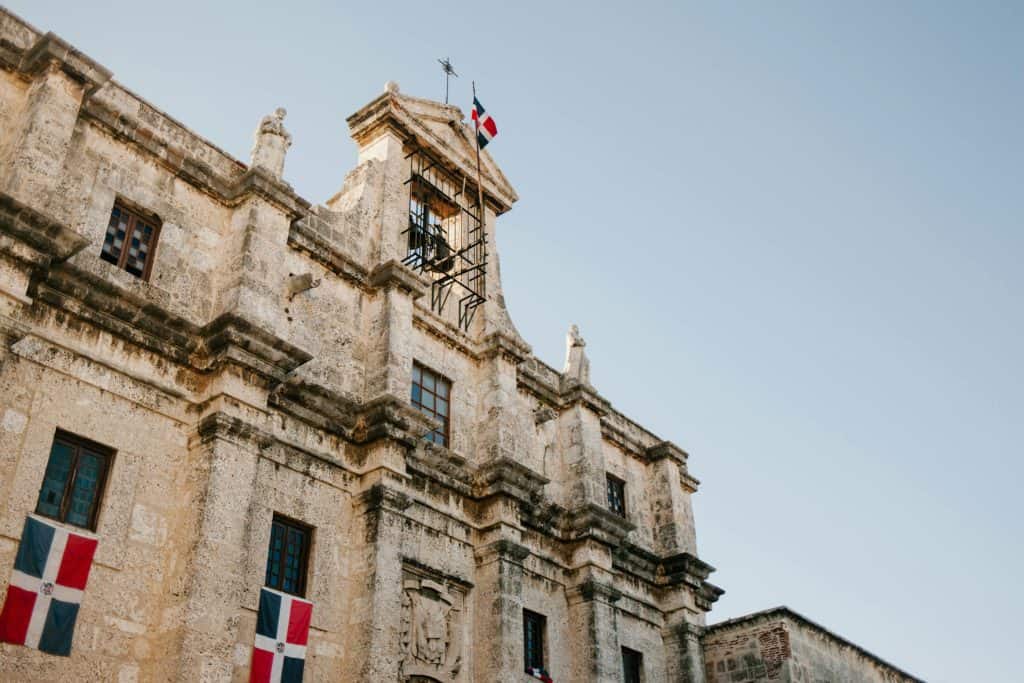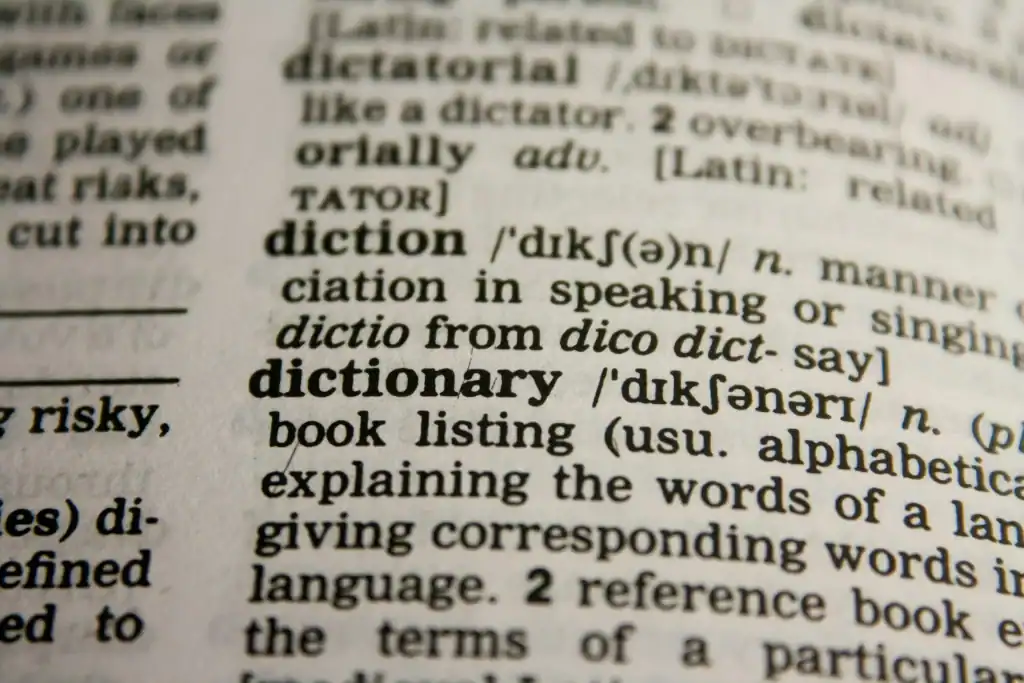El Primer Zapateo: My First Tap on Dominican Soil
The first time I tried a flamenco-fusion class in Santo Domingo, the teacher—an ex-bailarina from Cádiz who now mixes palmas with bachata footwork—clapped her hands and shouted, “¡Marca el tacón y desliza, corazón!” I froze, left foot in mid-air, mentally translating while everyone else executed the move with Caribbean ease. A decade of living here has sharpened my ear, yet every new artistic space still surprises me. I realized quickly that dance studios can be miniature language laboratories. If you want to learn spanish in motion, the mirrored wall becomes your textbook, and every stomp or spin is punctuation. The class also underscored how Dominicans fold warmth into commands, while Spaniards might sound more staccato—nuances that textbooks rarely mention.
The Rhythmic Grammar of the Studio
Dance teachers rarely soften the imperative mood; they need you to react in real time. In the DR, however, the order often comes cushioned with cariño. You’ll hear “Dale, mami, pisa fuerte” instead of a blunt “Pisa fuerte.” “Dale” works like a spoken drumroll urging action. Compare that with Colombia, where an instructor in Cali once told me, “Marca bien el tiempo, parce,” slipping in the paisa-inflected parce that means “buddy.” Both phrases command you to mark the beat but reveal regional color. That color is gold if you aim to learn spanish beyond survival mode.
Consider the studio as a grammar gym. When the teacher says, “Gira,” she’s using the informal tú imperative “turn.” If she wants to address a whole group respectfully—more common in Bogotá—she’ll say, “Giren todos.” Dominicans might stretch it to “Giren to’,” dropping the “s” and giving you a taste of local phonetics. Every shouted verb form paints a grammatical picture in motion and lets you subconsciously file conjugations under muscle memory.
Spanish in Action: Mini-Scene
Teacher: “¡Sube los brazos y quédate ahí!”
English: “Raise your arms and stay right there!”
Teacher: “Ahora, cruza al frente con gracia.”
English: “Now, cross to the front gracefully.”
Student (me): “¿Así está bien o lo hago de nuevo?”
English: “Is this okay, or should I do it again?”
Teacher: “Perfecto, James, pero más suavecito, que no es reguetón.”
English: “Perfect, James, but smoother, this isn’t reggaeton.”
From Quisqueya to Cartagena: Command Verbs on Both Sides of the Caribbean
Bouncing between Santo Domingo and Cartagena has taught me that while the root verbs remain identical, delivery differs. Dominicans tend to clip word-final consonants, turning “Marca” into “Maa’ca.” Colombians articulate every phoneme, almost singing each syllable. When you surf these accents, your listening comprehension does the heavy lifting, helping you learn spanish as an expat who can switch codes in real life, not just in apps.
In Cartagena last summer, my dance teacher yelled, “¡Apláudeme duro y péguele al piso!” That extra “-le” attached to “pegar” shows Colombian affection—the dative pronoun used as a filler to smooth the command. Dominicans use fillers too, but they prefer “mi hermano” or “mi hermana” at the end: “¡Pisa duro, mi hermana!” Small additions transform grammar into social glue. Clock them and you’ll learn spanish that sticks.
Contextual Example
Dominican Studio: “¡Fluye, que la música está encendía!”
English: “Flow, the music is on fire!”
Colombian Studio: “¡Déjate llevar, que el ritmo está bacano!”
English: “Let yourself go, the rhythm is awesome!”
Body Memory, Vocabulary Memory
Neurologists say kinesthetic memory reinforces linguistic recall. My own mishaps prove it. After three sessions repeating “desliza” (slide) while literally sliding my foot, the verb lodged in my long-term memory. The same happened with “gira,” “golpea,” and “pausa.” Movement anchors meaning, an approach more potent than rote flashcards. When you physically respond to language, you inevitably learn spanish faster and with better pronunciation because you match breath with syllable.
Dominican instructors often spice their verbs with onomatopoeia: “¡Ra, ra, ra, remata!” The staccato “ra” mimics heel hits. Colombians lean on melodious counts: “Uno, dos y, tres y… ¡remate!” Singing counts makes the lesson feel musical and helps you anticipate the next cue, merging rhythm with syntax. Wherever you practice, let your body become an echo chamber for each new word.
Spanish Vocabulary
| Spanish | English | Usage Tip |
|---|---|---|
| Deslizar | To slide | Conjugate as “desliza” for tú commands |
| Girar | To turn/rotate | “Gira” in DR often heard as “Gia” |
| Pisar | To step/tread | Add “duro” for emphasis in Caribbean speech |
| Rematar | To finish off | Nears the end of a choreography phrase |
| Aplaudir | To clap | Colombians add “-le”: “¡Apláudale!” |
| Quedarse | To stay/hold | Reflexive; keep position in dance |
| Fluir | To flow | Common in improvisational segments |
| Golpear | To hit/strike | Use for strong heel work, “golpea el piso” |
Example Conversation Inside the Studio
Teacher (DR): “¡Oigan, corillo, formen un semicírculo!”
English: “Hey crew, form a semicircle!”
Student 1 (Colombia): “Profe, ¿prefiere que lo hagamos con tacón o planta?”
English: “Teacher, do you prefer we do it with the heel or the sole?”
Teacher (DR): “Con tacón primero; después le metemos la planta, ¿ta’ bien?”
English: “With heel first; afterwards we’ll throw in the sole, okay?”
Student 2 (USA): “¿Todo en ocho tiempos o marcamos el cinco?”
English: “All in eight counts or do we mark count five?”
Teacher (Colombia, visiting): “Hágalo suave en los primeros cuatro, luego apriete el rebote.”
English: “Do it softly in the first four, then tighten the rebound.”
Teacher (DR): “¡Eso! ¡Sigan, que se siente el sabrosón!”
English: “That’s it! Keep going, you can feel the groove!”
Teacher (Colombia): “Parceros, respiren hondo antes del remate.”
English: “Buddies, take a deep breath before the finale.”
Student 3 (Dominican): “Ma’e, usted dirige y nosotros gozamos.”
English: “Teacher, you lead and we’ll enjoy.”
The switch between usted and tú signals subtle hierarchy. Colombian teachers keep formal distance with new students, while Dominicans drop into friendly tú rapidly. Notice the slang: **corillo** (DR group) and **parceros** (Colombian buddies). Listening for these labels trains your ear far better than any podcast, letting you learn spanish that is alive, humorous, and region-savvy.
Cultural Footnotes Embedded in Each Step
Flamenco itself is Spanish, but fuse it with merengue percussion and you get a cultural palimpsest. Dominicans slap the floor with rhythmic pride born from African heritage and Spanish colonial echoes. In Colombia, the same fusion absorbs cumbia sway, softening the stomp. Recognizing these layers teaches you that learning vocabulary is never neutral; each word travels with history. When the Dominican teacher shouts “¡Remata con fuego!” she invokes an island where carnival drumming is national oxygen. When a Colombian says “¡Está brutal!”, the phrase carries urban salsa nights from Cali to Barranquilla.
Understanding these nuances makes you more than bilingual; it makes you bicultural. That awareness radiates outward: next time a taxi driver in Medellín says your accent sounds “chévere,” you’ll grin knowing that “chévere” resonates differently in Santo Domingo, packed with 1980s merengue nostalgia. Every time you cross the Caribbean divide, you calibrate your verbal compass, allowing you to learn spanish in high-definition.
Why Dance Commands Trump Flashcards
Flashcards isolate words, but commands in class bundle verbs with intonation, gesture, and urgency. They mimic real-life stakes: miss the cue and you trip over someone’s foot. That pressure activates adrenaline, which neurologists say boosts memory retention. I realized I could suddenly voice imperatives like “Detén,” “Sigue,” and “Atrás” on the street without thinking. The studio trains you not only to speak but to react in Spanish time.
Moreover, commands are universally necessary—ordering food, hailing a moto, calming your excited dog in Parque Mirador. Mastering them in the safe, sweaty cocoon of a studio equips you for outdoor unpredictability. You’ll issue a crisp “Cruza por aquí” to a confused Uber driver or a courteous “Espere un momentico, por favor” to the bank teller, making you sound like a local who’s paid attention to detail. If the goal is to learn spanish that feels natural, dance is your boot camp.
Cross-Pollination: Bringing Dominican Flair to Colombian Floors
Last month I visited a studio in Medellín and instinctively added a Dominican “fuá” exclamation after nailing a combo. The Colombians laughed, then tried to imitate it, rolling the “f” longer. Later they taught me “qué nota” (how cool) which refuses to stick in the DR but wins smiles in Antioquia. These micro-exchanges show language as a living trade route. You trade shout-outs, idioms, and timing instincts—the curriculum nobody advertises when you search “best place to learn spanish.”
Back in Santo Domingo, I sprinkle “qué nota” during class and notice students tilting their heads, intrigued. They ask, “¿Eso es colombiano?”—evidence that your linguistic suitcase enriches not just you but your community. So pack your phrases, carry them across waters, and share them generously. Dance floors double as embassies.
Reflective Advice & Invitation
If I’ve learned anything from ten years of heel taps and cross-country flights, it’s that we acquire language at the speed of curiosity. Let the studio soundtrack replace your internal critic. Laugh when you mispronounce “deslízate” and your teacher corrects you mid-pirouette. Record voice memos of commands right after class before sweat evaporates. Above all, chase rhythm; grammar will hitch a ride. The back-and-forth between Dominican elasticity and Colombian clarity polishes your ear like alternating hot and cold water on metal. Embrace the contrasts, and you’ll not only learn spanish—you’ll feel it hum in your bones.
I’d love to hear how your own cultural ping-pong has shaped your Spanish. Drop a comment with the commands, slang, or dance cues you’ve stolen from one country and tested in another. Let’s keep this linguistic choreography evolving together.


